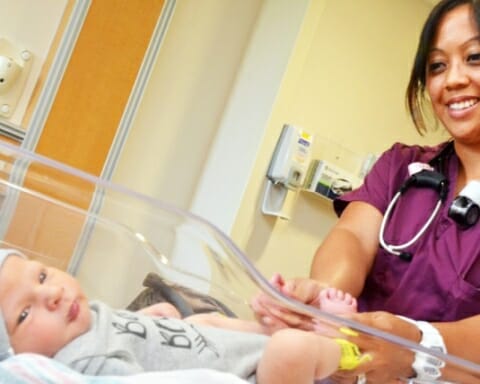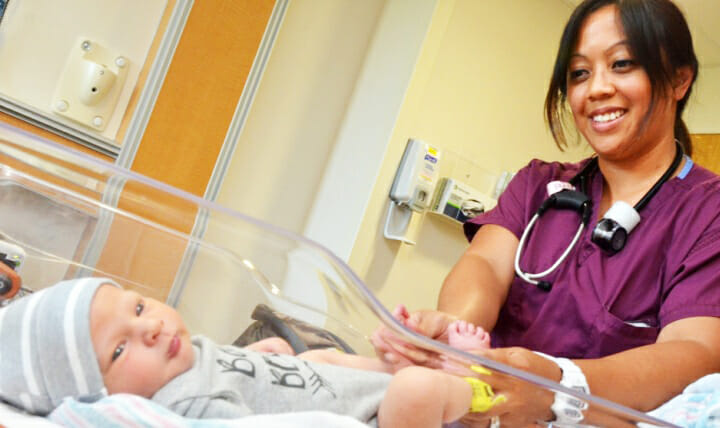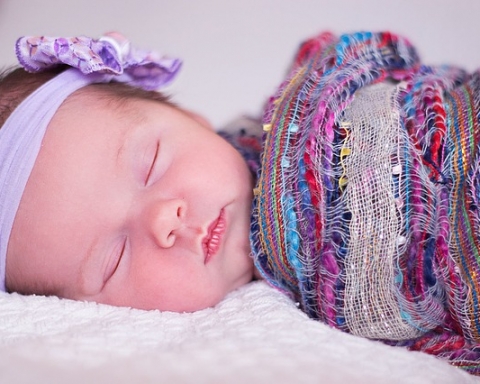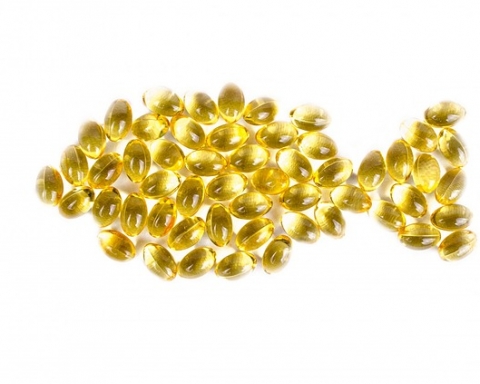A woman who is familiar with the fertile window concept and wants to get pregnant may find herself wondering, “What are my most fertile days?” Others may not even know what fertile days are and how they are relevant to pregnancy.
Fertile days are those days when a woman has a high chance of conception. They fall in the time frame that is commonly referred to as the fertile window. Generally, the fertile window includes the five days prior to ovulation, the day of ovulation, and the two days after ovulation.
[youtube https://www.youtube.com/watch?v=Xo9VETBUsG0?rel=0&showinfo=0&start=6]
A woman is most fertile on the day she ovulates. Therefore, the chances of getting pregnant are high.
Fertile Days and the Menstrual Cycle
The menstrual cycle varies from woman to woman, but fertile days are normally calculated based on regular period cycles. If, for instance, a woman’s cycle occurs regularly every twenty-eight days, her fertile days will be between the ninth day and the fourteenth day.
For most women, ovulation occurs on the fourteenth day after the onset of the menstruation cycle. But since most cycles are unpredictable, fertile days can fall anywhere within the cycle.
But research shows that male sperm can last up to forty-eight hours in a woman. So, in the event of sexual intercourse, the chances of conception are still high in the two days before ovulation and in the two days after ovulation.
Characteristics of Fertile Days
Fertile days are characterized by changes in the woman’s body that occur just before the fertile window starts and end right after the fertile window stops.
First, the woman’s body temperature will drop just before the onset of ovulation and rise immediately after ovulation starts. Body temperature will remain higher throughout the fertile days and normalize after the last day of the fertile window. Second, cervical fluids are thinner and stretchier during fertile days.
Some women are tested to determine their fertile days. Experts can analyze the hormonal differences during and outside the fertile window to determine a woman’s fertility.
The Most Fertile Days to Conceive
Some women keep track of their most fertile days in order to get pregnant. Other women keep track of their most fertile days to avoid getting pregnant. However, studies show that monitoring fertile days is an effective family planning method only when a woman accurately predicts her cycle.
If a woman wants to conceive, then the best time to have sex is during fertile days. Therefore, the closer sexual intercourse is to ovulation, the higher the chances of pregnancy. Women’s ova swim slow but stay alive longer than the male sperm, so any sexual intercourse that occurs within the fertile window may cause pregnancy.
Conclusion
The fertile window, also known as ovulation, is the point in the female reproductive cycle when an egg (or eggs) is released from the ovaries and then moves into the fallopian tube. Once the egg is in the fallopian tube, fertilization can occur if sexual intercourse takes place. Ovulation, therefore, is the primary factor that determines the fertile days when women are able to get pregnant.













